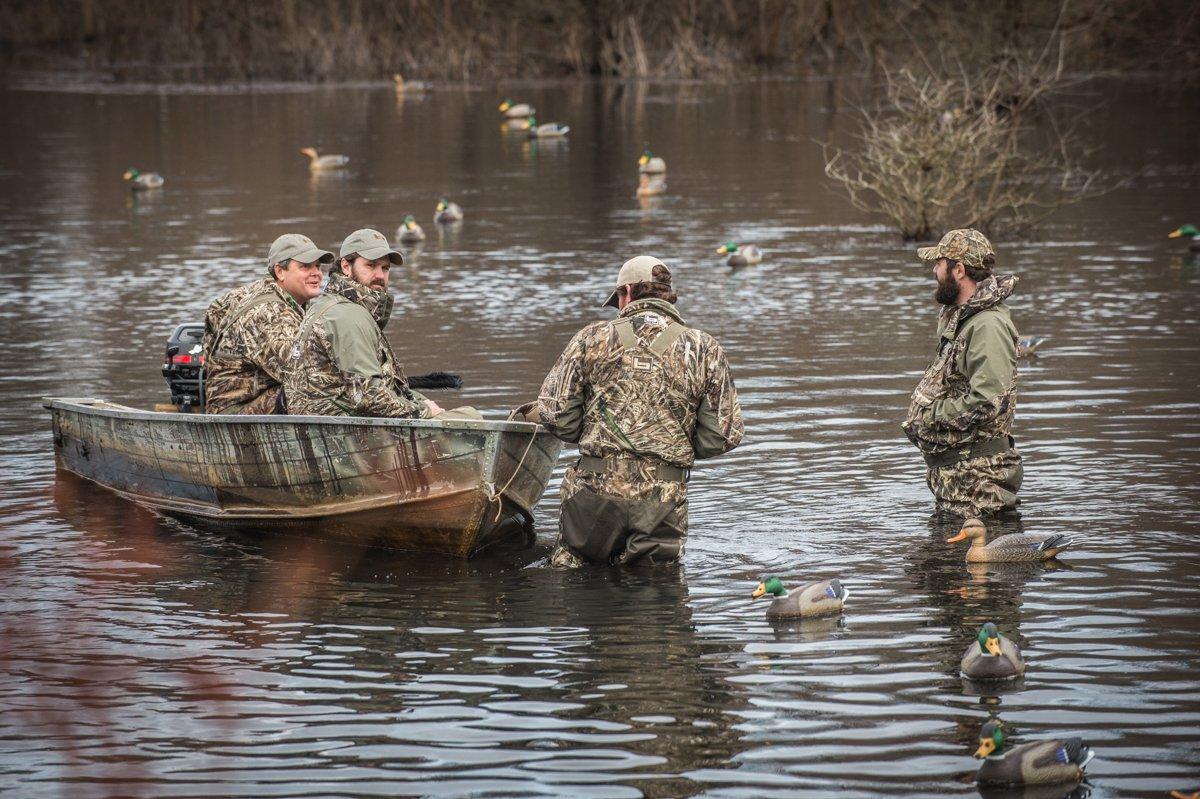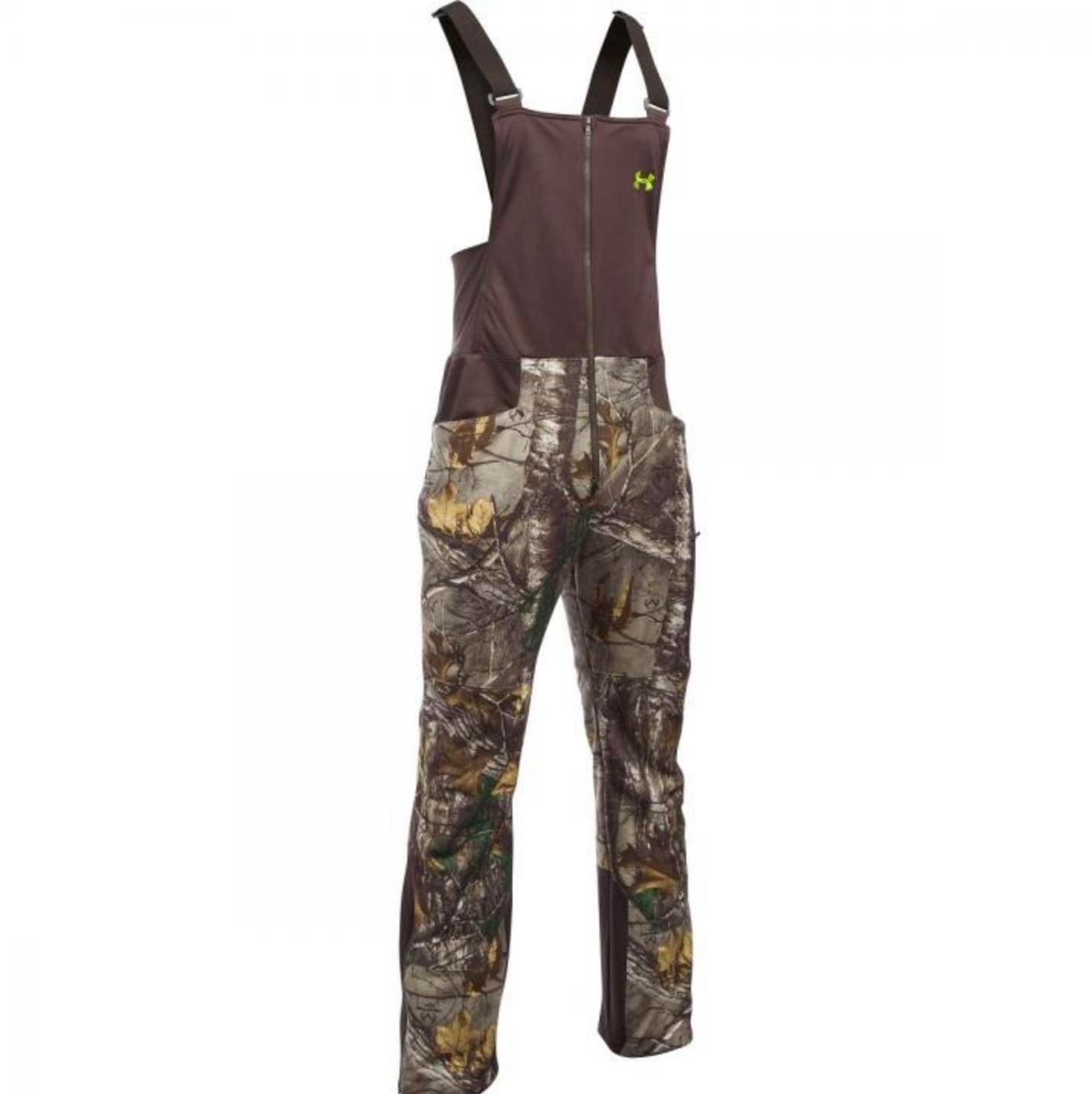Good hunting crews are more than just a collection of like-minded folks
Throughout your waterfowling career, you'll likely be part of many groups; folks who come together to share time in a blind, duck boat, cut cornfield or other hunting venues.
Such outings are enjoyable, but you realize after a few years that groups quickly come and go. Folks shake hands after a day, promise to do it again soon and then disperse. Sometimes, they reconvene. Often, they don't.
That's what separates a duck or goose hunting group from a crew. The former is a temporary association of similarly inclined folks. The latter is a band of friends that hunts together frequently through several seasons, often eschewing opportunities with other hunters because of their alliance to the crew. Groups can change daily. Crews might stay tight for decades. Hunters in groups typically ask when they might get together again. Crew members assume they're going the next day and simply ask, What time?
The threads that bind a crew together are pretty rare, and they don't weave together or unravel easily. But they don't last forever, either. By now, you've probably guessed that I consider a good hunting crew to be something special.
Origins
Most crews begin naturally, with the members typically comprised of family, neighbors, schoolmates or other close friends. Others come together slowly as acquaintances become friends and then hunting partners, or life's travels bring new co-workers or associates into your world.
My first real duck crew formed 39 years ago, when I hunted with my father and godfather on the Mississippi River in southern Wisconsin, and it's still in existence. Others formed later, as I went to college and met two future in-laws. Before long, we'd become a crew, chasing puddle ducks on small marshes and divers on the large lake near our homes.
Years passed, and other hunters entered the picture. Soon, a new crew formed, and we traveled the prairies of North and South Dakota together for many seasons. Back home, we mixed the crews together, letting each other in on favorite mallard or bluebill spots.
One of my favorite crews formed accidentally. A co-worker and I began chasing geese near our central Wisconsin office, and we often ran into another co-worker and his friends. Seems we all had permission to hunt the same fields, so after some grumbling and eye-rolling, we usually agreed to team up that morning. After a few such incidents, however, we agreed that working together would be far better than competing for honkers, and we formed what I called the Goose Mafia. Four of us spent the next several seasons scouting and hunting as a unit, and it resulted in the best goose hunting of my life.
Meanwhile, the Dakota crew split into two factions — not because of animosity; just circumstances — and our open-water layout-hunting group also shifted. Each group has gone through several more iterations to reach their current states.
One element has remained consistent, though: Crew members enjoy hunting together and share a true passion for the game.
Together for the Sport
Those are the critical elements that forge a crew, of course. You'd better like your fellow crew members, because you'll eventually have to pass plenty of down time together in the goose field or duck blind. Likewise, stressful situations — bad weather, an injured dog or an equipment breakdown — might occur, and you and your fellow crew members will need to work together to overcome them. You'll also learn the tendencies, strengths and weaknesses of fellow crew members, and they yours. Together, you'll improve your skills and pick up the slack when one member falters.
Mostly, though, crew members just need a burning desire to hunt. It takes a lot of effort to get up before dawn and lug decoys across a plowed field or pilot a boat across a windswept lake, after all, but doing it with like-minded zealots makes the task easier. That spirit can be infectious when shooting is good and limits come easily, but it's tested when stale ducks and cold barrels rule. In really good crews, members prod each other — intentionally or otherwise — to go more often, try new techniques and work harder toward their goals. Recently, as a fellow Dakota and layout-hunting crew member and I reflected on a tough hunt, he laughed and said, I've pushed you a bit when it comes to duck hunting. He was right. Without his influence or example, I probably wouldn't have explored some new areas or tried unconventional tactics that we now regard as gospel. Hopefully, I've pushed him somewhat, too.
Life and Times of a Crew
As mentioned, crews often eventually fade or break up. Usually, life or career changes take precedence, and you're not able to hunt with your crew buddies as much. You might still get together now and then, of course, but the days of hunting and scouting in unison have passed.
That's why it's so important to recognize a great crew when it comes together. Take advantage of the situation, and hunt with the crew as often as possible. Take group pictures, and jot down notes from your memorable outings. A three-man honker limit in an oat field might seem like just another good day, but that hunt will take on much greater significance years later, after one buddy has moved out of state and another has two children and a demanding career.
Crews are exciting, uplifting entities, but really, they're often just stitches in time. Enjoy them while they last, and cherish them after they pass. And always keep an eye out for the next potential crew. You never know when another hunter might benefit from your experience or you from their enthusiasm.
Before you know it, you'll have written another exciting crew chapter in your long waterfowl hunting bio.
Click here for more Realtree waterfowl hunting content. And check us out on Facebook.








